Equine dentist Leith Ryan has not only tended to the teeth of some of Europe’s finest horses, he has worked with pioneering Aussie rock bands and still plays the blues and country music.


We have all heard of singing cowboys, who were so popular in early westerns. Singing barbers always attracted an audience, as did a Belgian nun, and we must not forget Jud Arthur, the opera singing farrier from New Zealand. But, until Leith Ryan, there has never been a singing horse dentist.
“I treat the horses for my heart and I play music for my soul,” lyrically proclaims Leith, who divides his time between living and working in Noosa on Queensland’s Sunshine Coast and Rekingen, Switzerland.
His affection for horses had begun when he was given a Shetland pony while living in Redfern, Sydney. “I was six and wore a Hopalong Cassidy outfit,” he recalls. A fascination for horses’ teeth all started when watching a breaker named Harry work with young racehorses at Warwick Farm.
“He handled them gently, with no restraints. These days he’d probably be called a ‘horse whisperer’, although I’m not enamoured with that expression. Old Harry said mouthing was the most important part of the breaking-in process and before putting in a bit he’d gently rub the horse’s teeth with a rasp to get off the points. Because I was just a young kid he’d say there were demons sitting on top of the teeth with pitchforks poking the horse in the tongue. That analogy was pretty right; when horses have sharp points in their mouths they cut their tongues and cheeks and this interferes with the directions given by their riders.”
After leaving school Leith began breaking in horses and, like Harry, he gave a lot of attention to their mouths. “Later, people asked me to have a look at their horses’ teeth. I began doing some basic work on them and was inspired to seriously embrace equine dentistry – I wanted to know everything about it. I’d spend hours at Sydney Uni’s library but information was scarce.
“An American professor had researched every veterinary college in the world trying to establish how much time was dedicated to learning about this subject. Mostly it was a one-hour lecture on the eruption times of teeth – generally speaking, things haven’t changed that much today.”
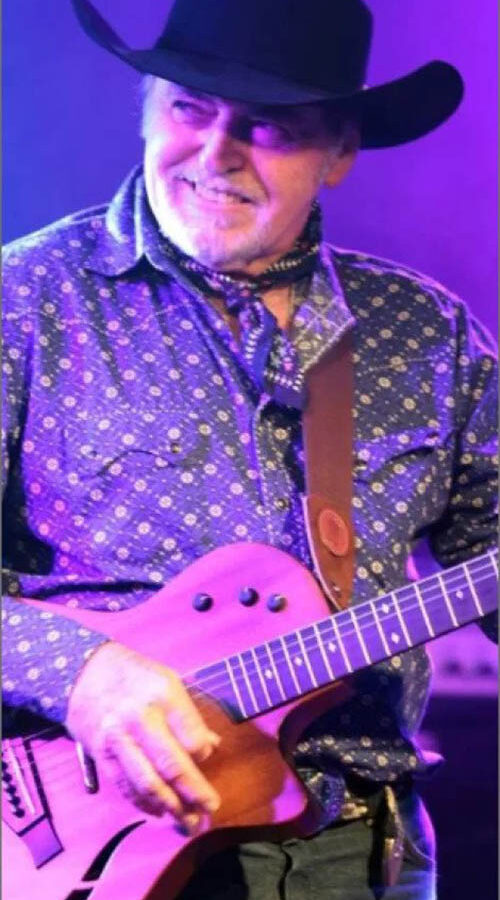
“We sang the background
vocals and the Bee Gees
did the handclapping.”
EARLY ROCKER
Leith persisted in his search. Unearthing information about equine dentition was harder than playing a guitar, which he had done throughout the ’60s in a variety of bands. He still plays today, mainly working in small Swiss venues performing blues, country music and vintage rock ‘n’ roll.
As a young man he had jammed with the Strangers at the Villawood Migrant Hostel, famous for spawning groups like AC/DC and the Easybeats; and he later played with the Delawares. “I remember we recorded Barry Gibb’s Bad Girl – we sang the background vocals and the Bee Gees did the handclapping.”
Leith also toured Asia and Vietnam entertaining American and Australian troops, and played in Europe and the States. He again visited America in the early ’90s, but the attraction, this time, was a dental academy not a music gig.
“I’d been given a pamphlet which was an overview of what happens in a horse’s mouth. I wrote to the man who’d prepared it and heard nothing for 18 months. I then received a letter telling me he was setting up a school in Nebraska. I went there to study in 1992. The Academy of Equine Dentistry became the biggest of its kind in the world and is now based in Idaho.”
The staff found the eager Australian interesting and picked his brains as much as he did theirs. He had worked with simple tools, had an ability to “read” a horse’s mouth and could instinctively analyse many problems. Leith was asked to lecture at the Academy, a request he found overwhelming at first. “But the principal said that the best way to learn was to teach.”
NATURAL VOCATION
His horizons widened, he travelled extensively, worked on horses all over the world, wrote and presented a post-graduate course for the University of Zürich, created TAFE units and formed an Australian chapter of the World Wide Association of Equine Dentists (WWAED).
(Only equine dentists can belong to this independent association and all members must conform to its strict Code of Conduct and Standards of Practice. Its inaugural meeting was held in Nebraska in 1991 to formulate a cohesive body of professional horse dentists who could provide the highest level of care and treatment and advanced dental procedures).
Several years ago, he conducted studies on brumbies from the coastal area of south-east Queensland. The results were extensively outlined by equine herbalist Victoria Ferguson in Speaking the Language of Horses – Without Whispering, which can be found on her website.
These coastal brumbies were between 9 to 15 years old but nearly all molars were in an advanced state of demineralisation. This was attributed to the introduced grasses such as buffel, kikuyu and setaria, which deplete the phosphorous and calcium causing secondary hyperparathyroidism commonly known as “bighead”.
“We horse people have created the problems and we should recognise and compensate for them,” says Leith. He is just as concerned about many competition horses as he is about those in the wild; and dismayed by an overuse of power tools in equine dentistry, which has become the norm in American and European yards.
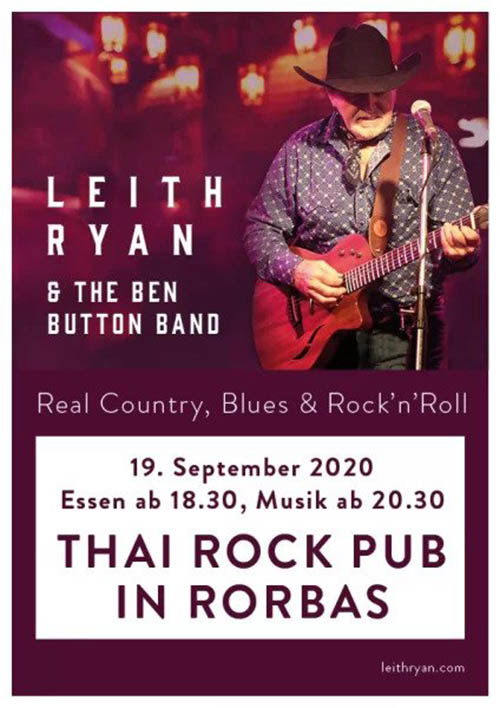
“A bit is the front door key…”
“At the end of your arm is a vibrating machine with no feeling; it can burn the pulp and take away too much material. But I know there are many who will dismiss these criticisms,” he says. “We used to be able to say regular maintenance, good floating and good balance of the mouth could put 10 years on a horse’s life because you’re improving the efficiency of the mastication, halving their food intake and doubling their condition. That’s how it always used to be and still can be.”
He cites cases where he has regularly tended to the same animals from the time he took out their milk teeth. “Now they’re over 30 with mouths like seven-year-olds.” In Europe Leith works in top European yards but has severed his connection with many of them.
BIT BY BIT
Over the years he has looked at a lot of gifted horses in the mouth and been dismayed at what he saw. “I’d make the horse comfortable and then minutes later the rider would put some rubbish bit into that mouth.”
(Interestingly, only several weeks ago, a study by researchers at the Faculty of Veterinary Medicine at Helsinki University found bit-related lesions were observed in half of the eventing horses examined after competitions. Since most oral lesions are not accompanied by bleeding outside the mouth, the bit area should be monitored, stated the researchers.)
Leith says he now has clients who are very nice people. “Some have performance or farming horses, others have miniatures, pleasure ponies or draughts.” And often working with him is another Australian, Peter Roberts from Canungra, Queensland, who, like his colleague, treats all breeds all over Europe.
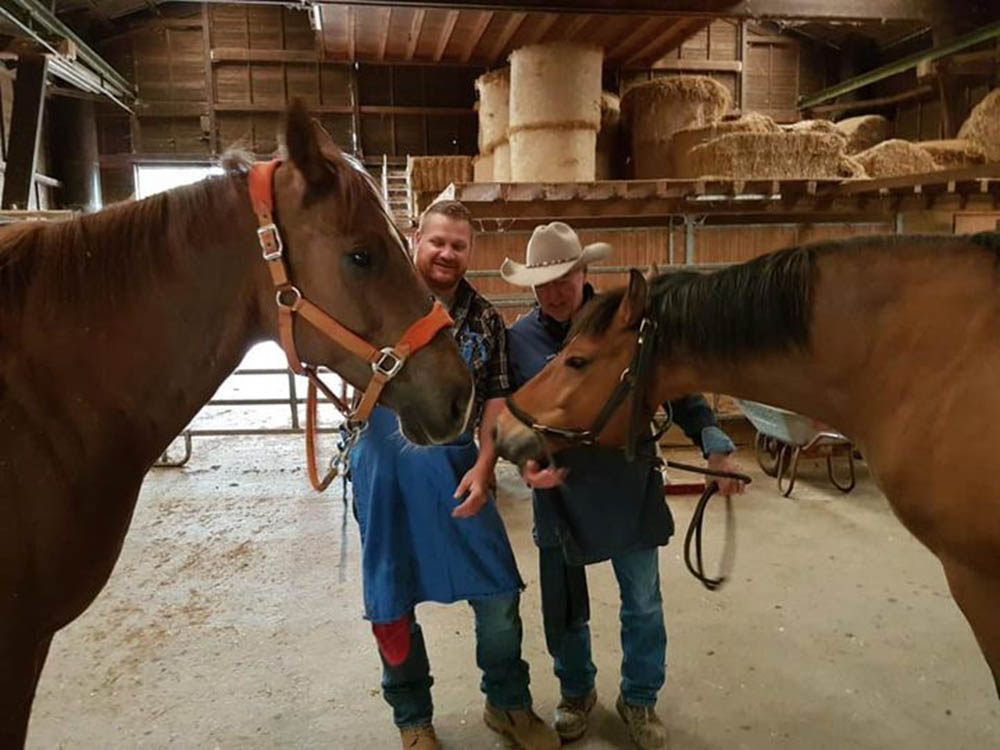
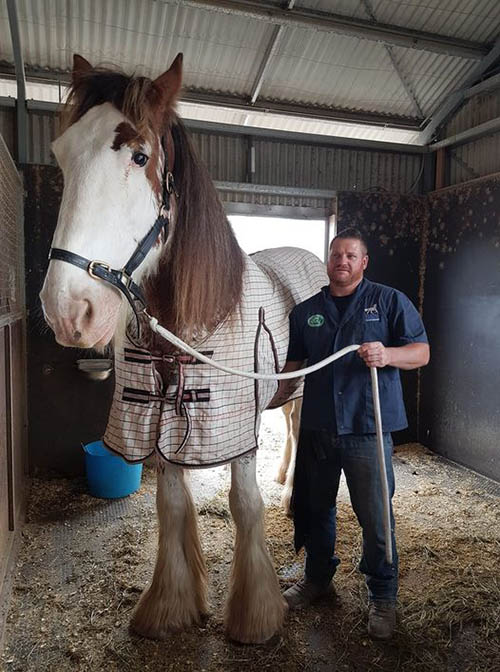
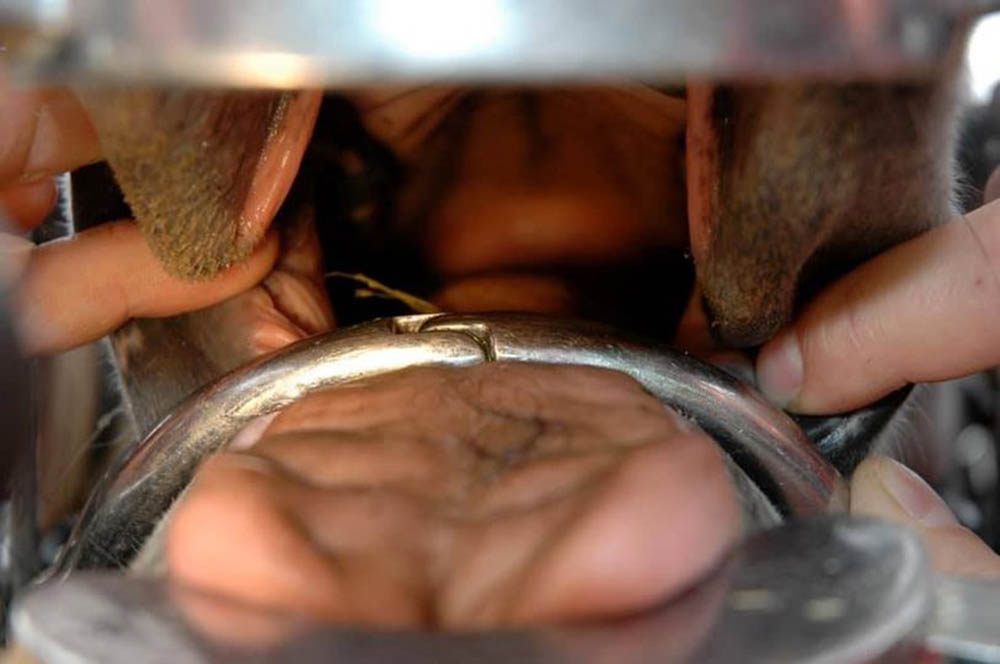
The design of bits was always a matter of serious concern to Leith. “Horses have put up with pressure and pain from bits for 6,000 years,” he laments. “I wondered what would happen if you took that all away. Would the horse run off and never come back, or would it turn to you as much as to say ‘thank you, where have you been for the last 6,000 years?’
“A bit isn’t just some device made to stop or slow the horse; not to frame, collect, set his neck nor make his head vertical, or sit him on his hindquarters. A bit is the front door key – it’s the way into a mysterious house. The way you use it will determine whether you make the house a home or a haunted nightmare,” describes Leith, somewhat dramatically. “Even bitless bridles are built on pain and pressure which has been taken from the inside to the outside where, actually, there are more nerve endings.”
He embarked on his project and over several years created a series of bits, which he branded Hippus. Their anatomical form frees the horse from constant pressure on the tongue, bars and palate. There’s enough space in the horse’s mouth to breathe more effectively and the tongue is free to assist optimal balance and stimulate the saliva glands. They are made in Switzerland from medical grade stainless steel, which is acid-resistant, free of oxides, toxins, allergens and magnetics, and their various designs suit most equestrian sports and pastimes.
As expressed in Leith’s poetic little phrase:
“When a horse is free from stress and pain
He’s comfortable and therefore easy to train.”
When he’s next singing at a local Swiss café, he might be able to work these catchy lyrics into one of his songs!
To contact Leith about bitting or troublesome teeth email: info@hippus.ch or leith.ryan@gmail.com
KEY TERMS IN EQUINE DENTISTRY
- Preventive dentistry: to maintain the integrity of the tooth function, including oral hygiene procedures, advice and instruction on preventative hygiene treatments, fissure control.
- Periodontics: treatment of diseases of gums and other tooth-supporting tissues, including tartar removal, scaling and polishing of teeth.
- Endodontics: diseases of the nerve of the tooth.
- Orthodontics: occlusal equilibration, including adjustments of incisor and molar geometry to alleviate excessive pressures on individual teeth, promoting efficient contact and movement, optimal articulation of the Tempromandibular Joint (TMJ).
- Occlusal restoration: removal of blockages, including high teeth, ramps, hooks, wave mouth geometrics etc. allowing the jaw and facial muscles to relax, promoting efficient movements.
- Oral surgery: tooth extractions, inc. wolf teeth, milk teeth, deceased, diseased, fractured and broken teeth.
- Geometrical balance: is paramount to the head of the horse, therefore affecting the whole body balance.
EQ

